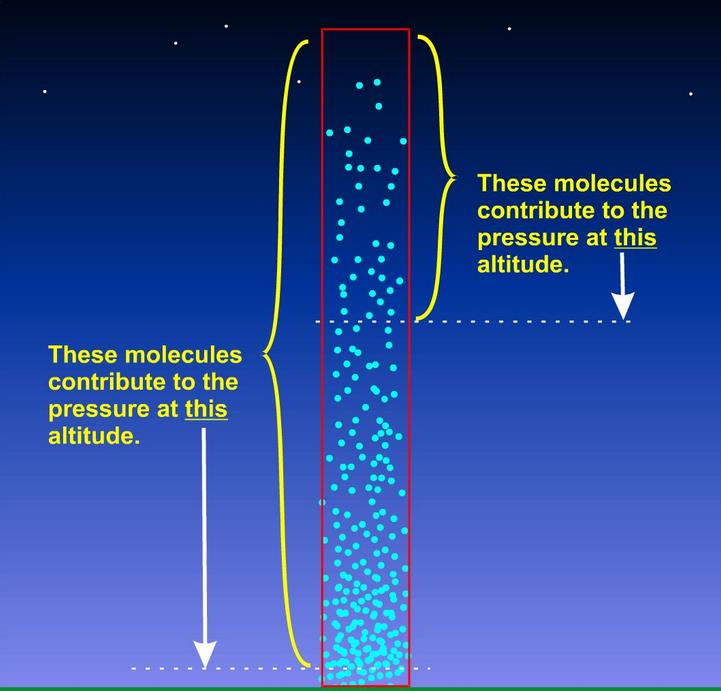Goals of the runner
- forward sliding friction
- want minimum forward sliding resistance on the ice
- lateral resistance
- desire sufficient lateral resistance to prevent slipping sideways out of runner groove on the ice
- turning ability
- ability of runner(s) to easily turn out of groove during tacking, rounding, or normal steering maneuvers by the skipper
design parameters of the runner
- face angle (approx. 90 deg)
- tip sharpness (expressed as a very small radius of the very tip)
- runner length
- runner crown
- thickness of the runner
- height of runner (dist. up to the lowest portion of any stiffening element)
- thermal conductivity
- hardness of the metal
- grain in the metal
minimum forward sliding resistance
- low thermal conductivity
- minimum hardness
- minimum tip sharpness
- maximum face angle
- quality of sharpening and stoning at the tip (no hollows, or burrs)
- long runner length
- minimum crown in runner
- if snow cover
- want minimum thickness
- may want shorter runner length
- appropriate temperature wax on sides of runner
maximum lateral resistance
- maximum tip sharpness
- minimum face angle
- long runner length
- minimum crown in runner
turning ability
- minimum runner length
- maximum runner crown
counter acting goals
- sliding resistance, lateral resistance, and turning ability all counter act each other in the appropriate design parameters
- lateral resistance
- goal: only have sufficient resistance to cover most points of sailing -- but not to excess
- if you try to cover 100% of all sailing situations then your forward sliding resistance will be too high in general
- for example a hollow ground runner would do the trick on lateral resistance, but it would increase forward sliding resistance to intolerable levels
- the skipper can adjust their sailing strategy and tuning to somewhat deal with with low lateral resistance
- pinch up the middle of the course
- take wide hitch at leeward mark
- add side slop to mast
- too little lateral resistance and you will side slip
- too much lateral resistance will increase sliding resistance
- turning ability
- goal: only have sufficient crown to provide adequate turning ability
- too little crown creates excess drag while turning
- too much crown reduces lateral resistance and increases sliding resistance
- forward sliding friction
- goal: given that you have covered lateral resistance and turning ability, then go all out to minimize sliding resistance with what is left













